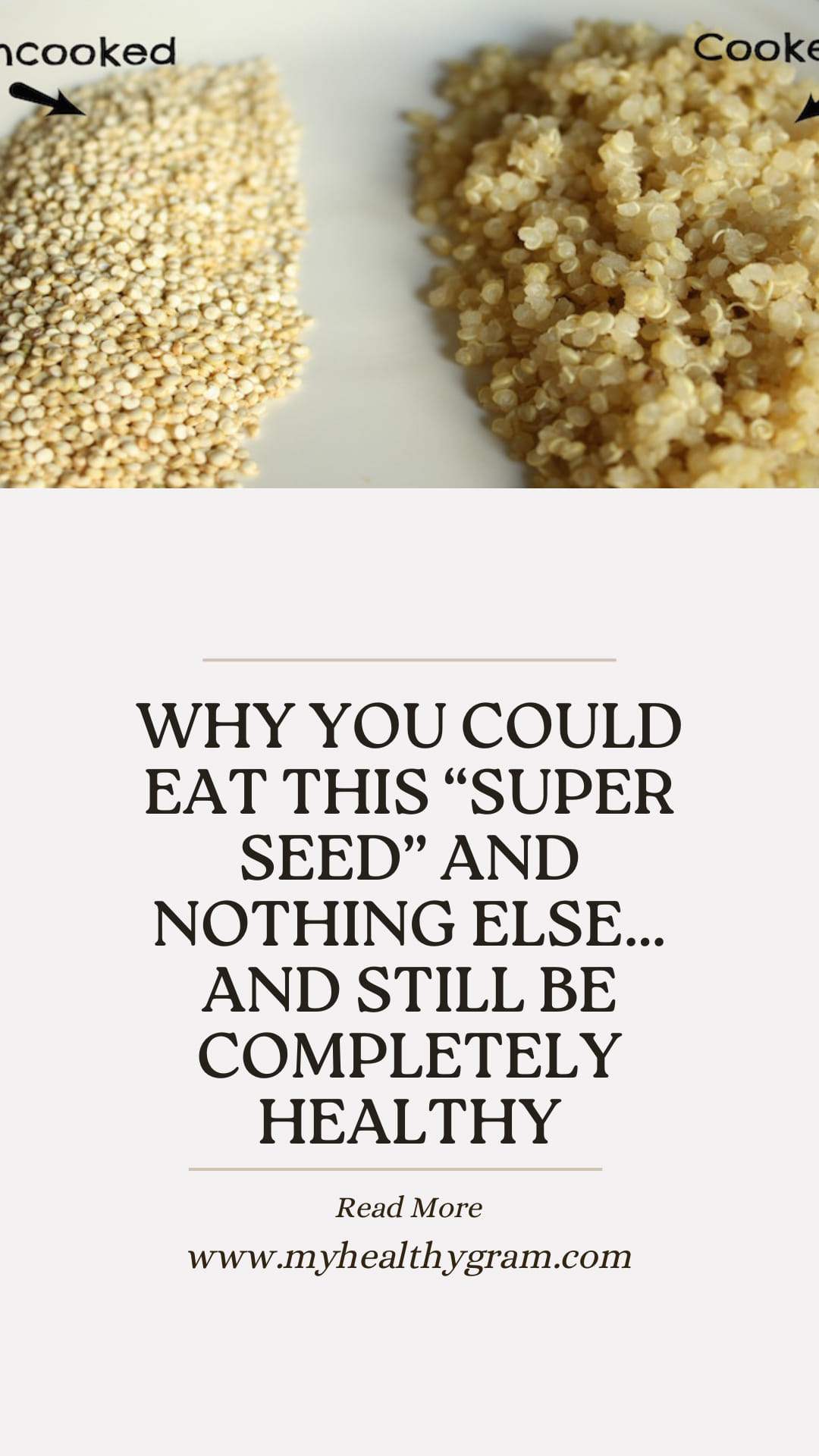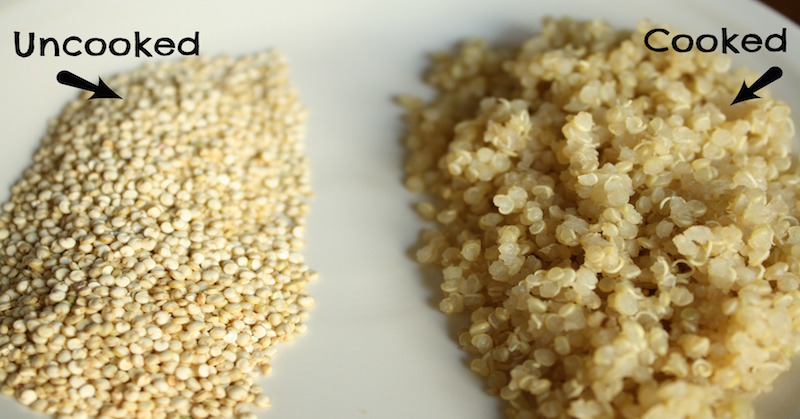Rice and beans are called a complete protein since they contain all nine essential amino acids. Because most grains lack the amino acids lysine and isoleucine, they must be “completed” with a legume.
Quinoa is a seed that is high in nutrients, vitamins, minerals, fibre, and has a low glycemic index. For four millennia, it has been a staple throughout South America.
It is sometimes misidentified as a gluten-free grain, although it is actually a vegetable seed that is extraordinarily abundant in nutrients. As a result, it is a vegetable similar to spinach and beets that provides a unique vegetable-sourced complete protein containing all nine essential amino acids.
As a result, it is not a grain, yet it is sometimes referred to as “the mother of all grains” and “chisaya mama.” Furthermore, it has been considered sacred because it thrived amid the exceptionally high temperatures of the long summer, and when there is a drought, its crop doubles, while other plants decrease.
Quinoa is harvested shortly before winter, when people require the most lipids and proteins.
It is still considered low in fat, although it contains more than other grasses such as wheat. It contains some (ALA) alpha-linolenic acid, a heart-healthy omega-3 fatty acid, and is high in oleic acid, a heart-healthy monounsaturated fat found in olive oil.
These fats, unlike other fats, are stable and do not oxidise throughout the cooking process. This is due to the high levels of antioxidants, according to specialists.
This seed is particularly high in the alpha, beta, and gamma forms of vitamin E, polyphenols, and flavonoids such as quercetin, which prevents rancidity and extends the seed’s shelf life.
Despite this, quinoa is a low-glycemic food that is favourable to blood sugar levels. Because it is high in fibre, it slows the absorption of sugar from the digestive tract into the bloodstream and causes little blood sugar tension in the body.
According to one study, its effects on blood sugar levels and body weight are stronger than those of ten other Peruvian grains. It is also high in magnesium, which helps to keep blood sugar and blood pressure levels stable.
As quinoa is a complete protein, a natural antioxidant, anti-inflammation food, rich in fibre, minerals, vitamins, and heart-healthy fats, including it in your diet will significantly boost your immune system and improve your health.
This is how to prepare it so that you can reap its many benefits:
- Its skin has a bit bitter taste, so make sure you wash it away with a fine strainer, as it holds lots of water.
- In one cup of quinoa, add 2 cups of water and boil.
- Cover the pot, and leave it to simmer on low heat, for 15 minutes.
- Again use the fine strainer to strain it again.
- Place the cooked quinoa in a warm pot, and leave for 15 more minutes, in order to make sure it is light and fluffy.

